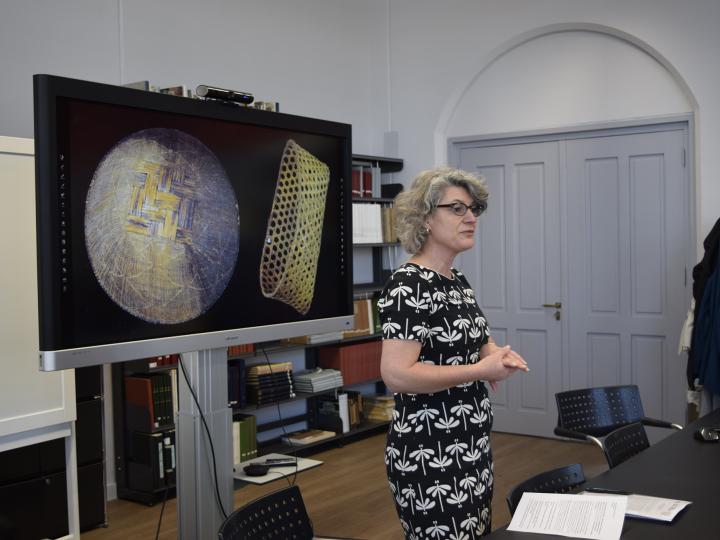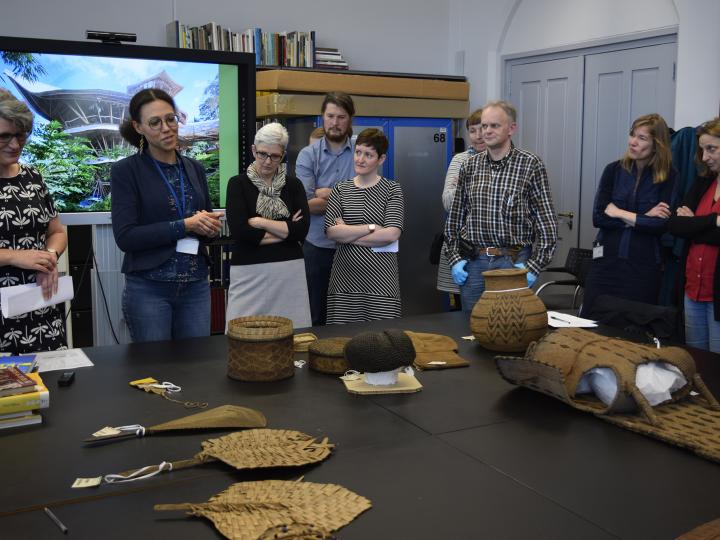
This workshop focuses on independent interwoven structures of natural fibres. Weaving is one of the oldest human technologies, and is used all over the world. Weaving or platting are not gender specific, the material resources are huge and the outcomes endless: from boots to buildings, from baskets to armour and from fishing nets to chairs. The objects have very divers characteristics: they can be hard or soft, their forms straight or organic, their decoration simple or very complex and their structures open or closed. All of these applications come together in our museum collection. This offers a grand range of possibilities and opportunities. Although the technique may be seen as traditional, it holds potential for futuristic innovations. What is the agency of these woven objects, how do they bring us into relations, and how can we use them to conceptualize new approaches towards sustainability, environment and material innovation?
Objects create us, in as much as we create them. Foregrounding the relation between a technique or material and the sociocultural context in which it is made, the Research Center for Material Culture would like to encourage a greater understanding of and appreciation for crafts and designs from different periods and parts of the world. By looking through designers’ eyes the museum hopes to find new insights into the material and technological wealth the collection embodies, and to identify conceptions of design that exist outside of traditional Western definitions. Bringing together people from different disciplinary backgrounds around objects made with a variety of weaving and platting techniques, the museum fosters the sharing of knowledge which might ultimately inspire new, innovative applications.
The workshop is tied to a broader research agenda around global design, in which we try to imagine and write a design history beyond the West. Scholars, curators and designers are invited to think with the curators at the National Museum of World Culture to generate a new agenda for design.





